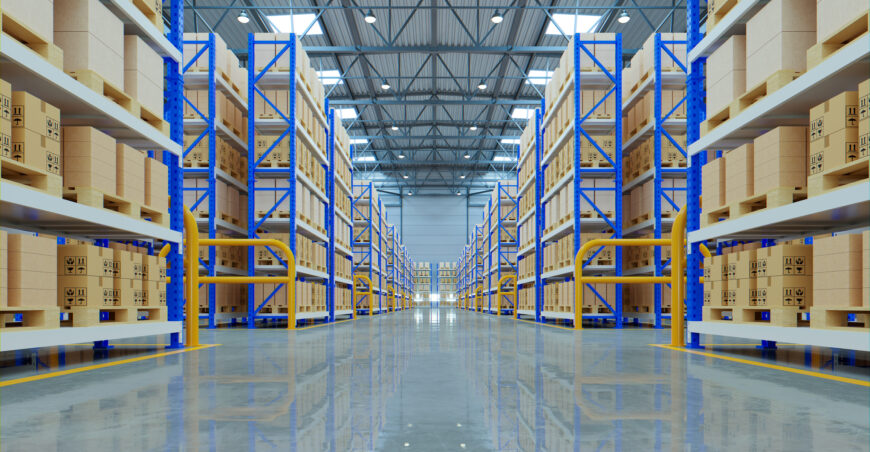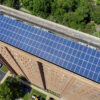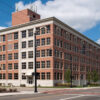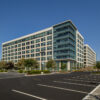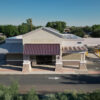The landscape of industrial spaces is experiencing a significant transformation, driven by technological advancements, shifting economic patterns, and evolving consumer demands. As we look toward the future, it is important that we understand the key trends shaping this sector and how they will impact businesses, investors, communities and even investment strategies. We will talk about the key trends shaping the future of industrial spaces and explore how investors and businesses can adapt to and capitalize on these changes in this article.
Technological Integration and Automation
One of the most significant drivers of change in industrial spaces is the integration of advanced technologies and automation. This rise is characterized by the interconnectivity of machines, artificial intelligence (AI), and the Internet of Things (IoT), revolutionizing how industrial facilities operate.
Automated systems and robotics are becoming an integral component of warehouses and manufacturing plants. These technologies enhance efficiency, reduce labor costs, and minimize errors in production and logistics processes. Additionally, AI-powered systems can predict maintenance needs, optimize inventory management, and streamline supply chain operations.
The adoption of these technologies is not only transforming the functionality of industrial spaces but also influencing their design. Modern facilities are being built with higher ceilings, robust flooring, and advanced electrical systems to accommodate the needs of automated machinery and robotics. As a result, the demand for smart warehouses and factories is on the rise, creating new opportunities for investors and developers.
E-commerce and Last-Mile Logistics
The growth of e-commerce is also an important factor reshaping the future of industrial spaces. The surge in online shopping has led to an increased demand for warehousing and distribution centers, particularly those located close to urban areas. This trend is driven by the need for faster delivery times and efficient last-mile logistics.
Urban infill locations, which were once overlooked due to their higher costs, are now highly sought after for their proximity to large consumer bases. These locations allow retailers and logistics companies to meet the expectations of same-day or next-day delivery. Consequently, developers are repurposing underutilized urban properties, such as old factories and industrial buildings, into modern distribution centers.
Sustainability and Green Initiatives
Sustainability is increasingly becoming a central consideration in the development and operation of industrial spaces. As environmental concerns grow and regulatory pressures mount, businesses are prioritizing eco-friendly practices and green building standards.
Industrial facilities are now incorporating sustainable features such as energy-efficient lighting, solar panels, rainwater harvesting systems, and green roofs. These initiatives reduce the environmental impact of operations and result in significant cost savings over time. For example, energy-efficient lighting and HVAC systems can substantially lower utility bills, while solar panels can generate renewable energy, reducing reliance on traditional power sources.
Flexibility and Adaptability
The need for flexibility and adaptability in industrial spaces has never been more apparent. The rapid pace of technological change and the unpredictable nature of global markets require businesses to remain agile and responsive to shifting demands.
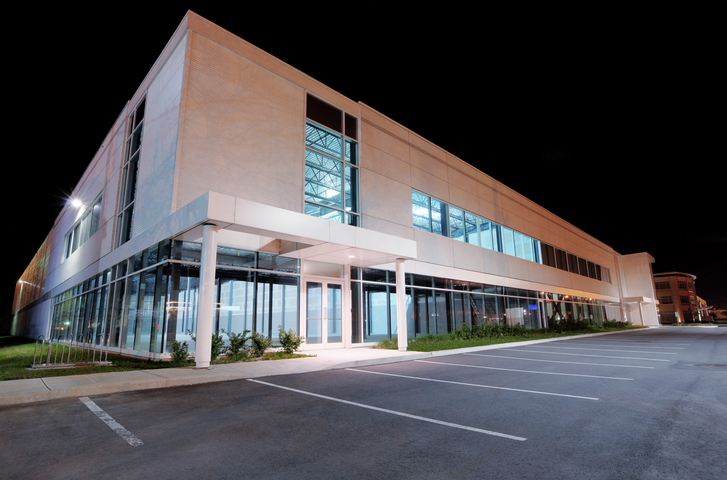
Modular construction techniques are gaining popularity as they allow for the rapid assembly and disassembly of industrial facilities. This approach provides businesses with the flexibility to expand or reconfigure spaces as needed without significant downtime or expense. Also, multi-use industrial spaces are becoming more common, accommodating a variety of functions such as manufacturing, warehousing, and office space within a single facility. As a result, future industrial spaces will likely be designed with adaptability in mind, enabling businesses to navigate unforeseen challenges more effectively.
Geographic Shifts
Geopolitical factors and supply chain disruptions are driving companies to reconsider their manufacturing locations. Reshoring (bringing manufacturing back to the home country) and nearshoring (relocating to nearby countries) are becoming more common. These shifts are creating new opportunities for industrial spaces in regions previously overlooked for manufacturing and distribution. Arizona for example, is one of the most sought-after locations when it comes to investing in industrial spaces.
The future of industrial spaces is being shaped by a confluence of technological advancements, shifting economic landscapes, and evolving consumer preferences. The integration of automation and smart technologies, the rise of e-commerce and last-mile logistics, the emphasis on sustainability, and the need for flexibility are driving the transformation of industrial real estate.
For investors and developers, understanding these trends and anticipating future demands will be crucial to capitalizing on opportunities in the industrial sector. By embracing innovation, prioritizing sustainability, and fostering adaptability, businesses can position themselves for success in the dynamic and ever-changing world of industrial spaces. As we move forward, the industrial landscape will continue to evolve, offering new possibilities and challenges for those ready to navigate its complexities.
If you are interested in learning more about the commercial real estate market, feel free to reach out to us at ICRE Investment Team anytime. We’d be happy to help supply you with information on any relevant properties or markets, alongside any connections in lending, investing, brokerage service or consulting that you might need!


